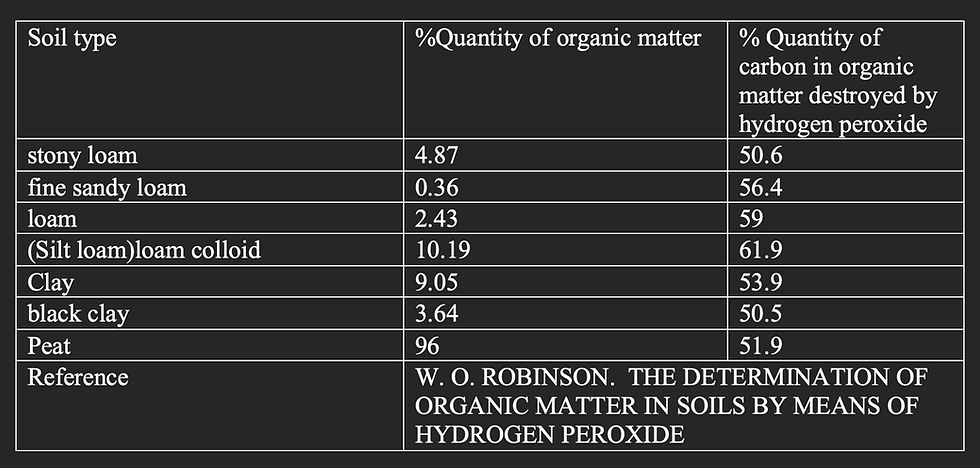WORLD WETLANDS DAY - “WET LAND SOIL MANAGEMENT” @ 11 am IST on February 2nd, 2021
- A. N. Ganeshamurthy

- Feb 1, 2021
- 1 min read
Organized by NAHEP Central Agricultural University, Imphal
Wetlands are the bodies of soil which are saturated with water or flooded with water. This flooding can be seasonal or permanent in nature. Inland wetlands include marshes, ponds, lakes, fens, rivers, floodplains and swaps, while coastal wetlands include saltwater marshes, estuaries, mangroves, lagoons and even coral reefs.
Wetland ecosystem is the productive ecosystem in the world. Unfortunately this important ecosystem is fast disappearing. An estimates puts that about 90% of wetlands are already lost from the face of earth since 1700s and at present the rate of disapperence is around 25%. At present wetland ecosyhstem ranges from 917 m ha to anywhere upto 1275 m ha with an economic value of about US $ 15 trillion per year (Bassi etal 2014). In India 757.06 thousand wetlands with an area of 15.3m ha which accounts for nearly 4.7% geographic area. North Eastern states have around 8,140 inland wetlands of which Manipur accounts for 708. Among the North Eastern states Mizoram has the lowest number of wetlands.
Most of the wetlands which are also important reservoirs of fresh water are getting polluted. Looking to the importance of wetlands in human life’s sustenance, the University is organizing world wetlands day on 2nd February, 2021.
Events: Organizers Dr. Anupam Mishra, Vice Chancellor, Central Agricultural University, Imphal Dr. S. Basanta Singh, Director Instruction, Central Agricultural University, Imphal Dr. E V Divakara Sastry Associate Coordinator, NAHEP Central Agricultural University, Imphal A webinar on “Soil Management in wetlands” : Will be given by Dr. A.N. Ganeshamurthy, FNAAS Scientist Emeritus (former Dean, College of Agriculture, Imphal) IIHR, Bangalore.




Comments